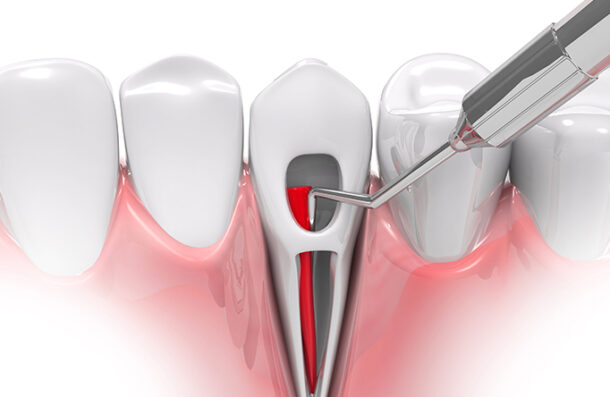Dental Filling
- Home
- /
- Treatments
- /
- General Dentistry
- /
- Dental Filling
A filling is a way to restore a tooth, damaged by decay, back to its normal function and shape. By closing off the area where bacteria has entered, a filling also helps prevent further decay. When your dentist gives you a filling, he or she first removes the decayed tooth material, and then cleans the affected area before filling the cleaned cavity with a filling material.

